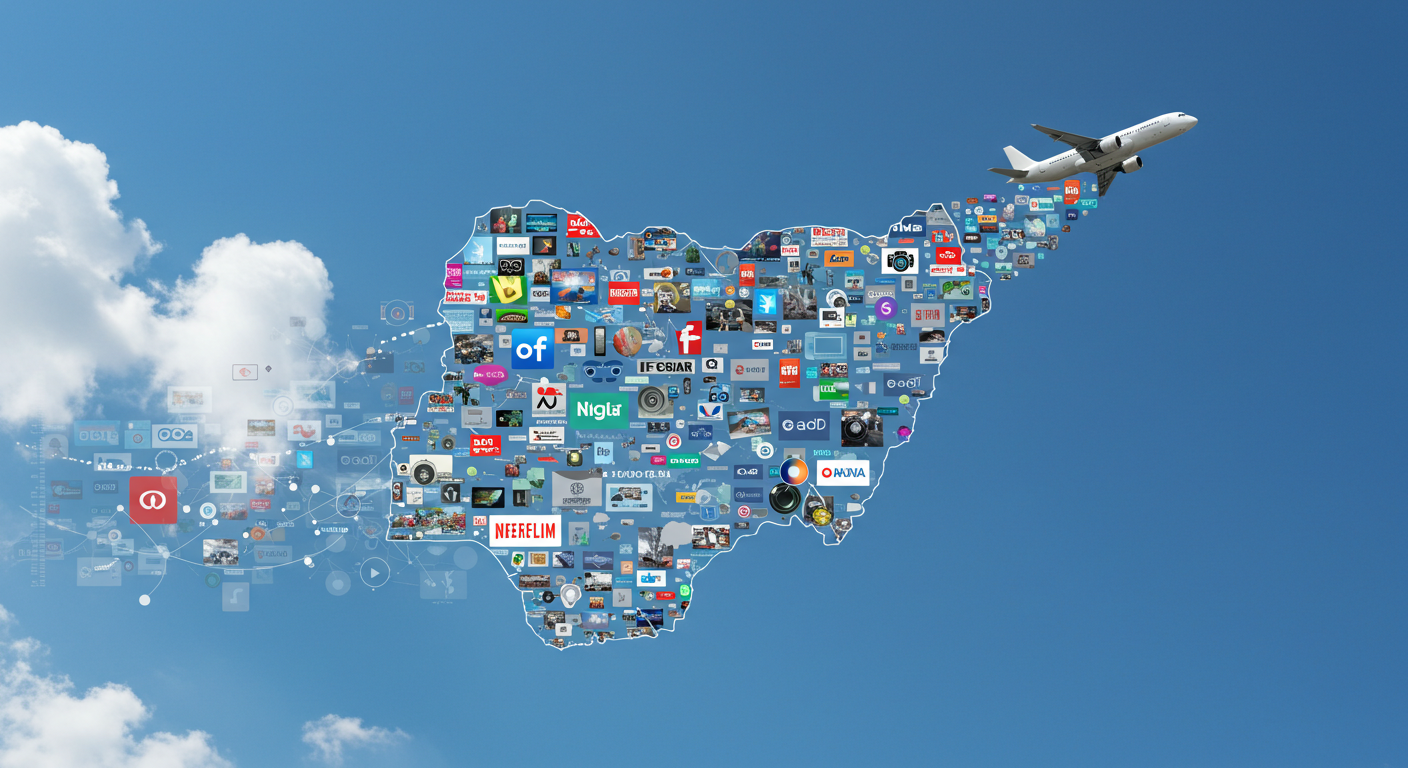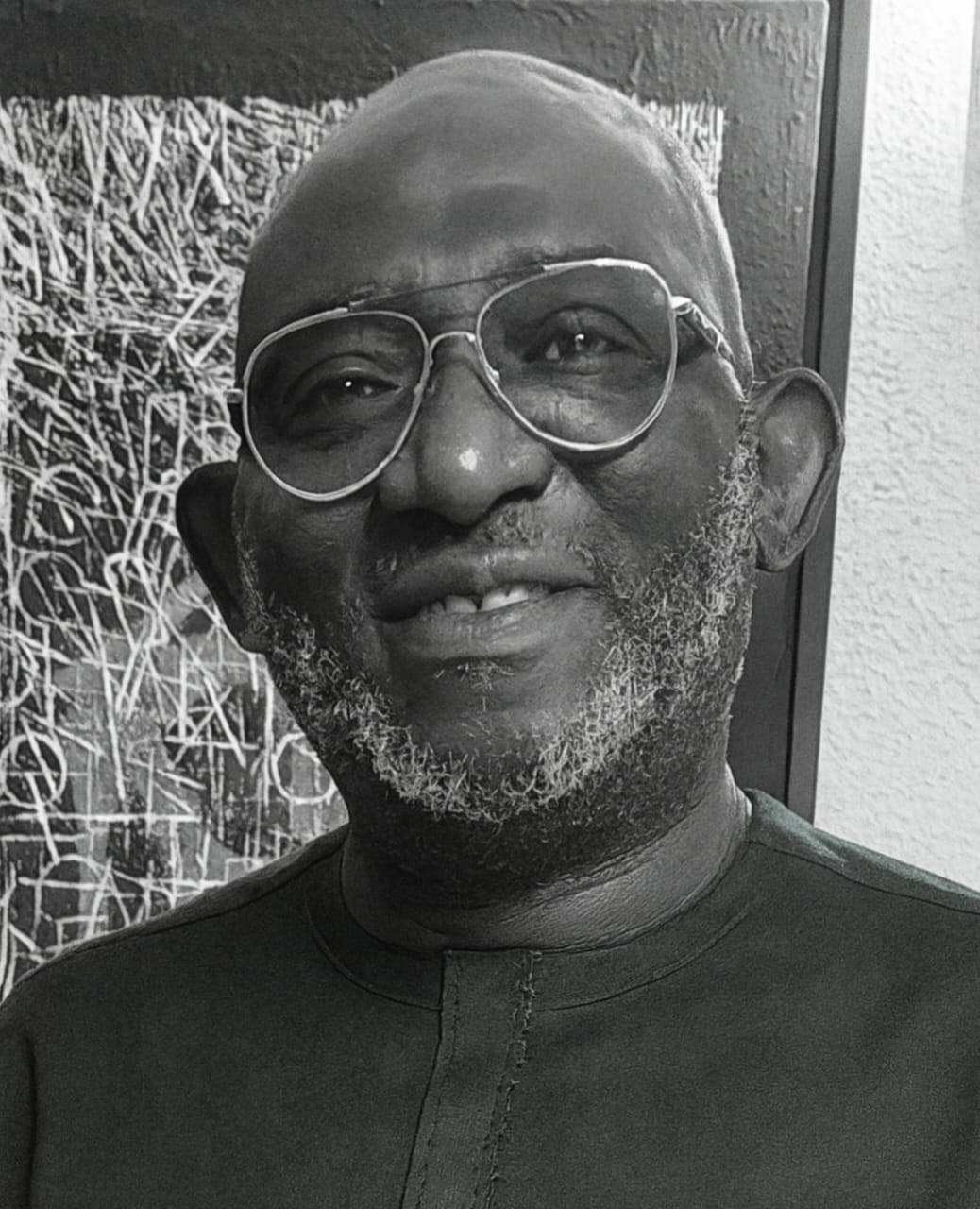Global advertising entered 2025 with unprecedented scale and sharper focus. With this, it set new records both in how much money is being spent and where it is going.
The year already reflects massive allocations from the world’s largest brands.
They bet heavily on digital platforms, artificial intelligence, and data-driven personalization.
Reports from WARC, Brand Vision, dentsu, Reuters, Wall Street, emarketer, Bizplanr Research Team, and others show that spending has broken records in the first half of the year.
Tech giants continue to dominate digital channels, reshaping the industry’s trajectory.
From Alphabet’s historic valuation milestone to Meta’s expanding social commerce influence and Amazon’s growing retail media business, the story so far reveals consolidation, innovation, and strategic reallocation of budgets.
Their decisions shape outcomes today and preview what the rest of the year may hold.
A Record-Breaking Year So Far
Advertising expenditures in 2025 are on track to exceed 1.15 trillion dollars, up from 1.03 trillion in 2024.
The early months demonstrate aggressive investments by the largest brands, setting the tone for the months ahead.
Big Brand Spend in 2025: Who’s Leading and What Drives Them
Several multinational companies commit multi-billion-dollar advertising budgets this year, balancing global scale with local precision.
L’Oréal invests roughly 14 billion dollars, with more than half directed to digital and social platforms.
Influencer marketing and AI-driven personalization drive its beauty storytelling.
Alibaba spends about 12 to 13 billion dollars, focusing on peak shopping moments like Singles’ Day with both offline activations and massive online visibility.
LVMH allocates close to 11 billion dollars, reinforcing luxury appeal through celebrity endorsements, high-end visuals, and growing digital activations.
Procter & Gamble invests about 10 billion dollars, keeping TV and in-store promotions significant while shifting more budget to measurable digital campaigns.
PDD Holdings, including Temu and Pinduoduo, spends roughly 10.8 billion dollars on aggressive digital campaigns and global sponsorships to drive user growth.
Samsung directs nearly 9.7 billion dollars across smartphone and TV launches while moving more into connected TV and programmatic formats.
Adding to this, Alphabet, Meta, and Amazon dominate the digital advertising market.
Alphabet is on track to surpass 200 billion dollars in net digital ad revenue in 2025.
The company’s 3.03 trillion valuation milestone in February, boosted by a favorable antitrust ruling, underscores its momentum.
AI and cloud investments strengthen Google Search and YouTube as prime platforms.
Meta is projected to earn 183.8 billion dollars, leading in creator-driven and social commerce advertising with Instagram and Facebook central to global product discovery.
Amazon will generate 69.3 billion dollars from retail media, powered by high-intent shopper data and festive-season campaigns later in the year.
Together, these companies set the competitive tone for the industry.
Trends by Channel and Region
The first half of 2025 shows clear shifts in channel allocation.
Digital dominates as more than 60 percent of global spend flows into social, search, streaming, and retail media.
Retail media emerges as one of the fastest-growing segments, as brands leverage retailer data for precision targeting at the point of purchase.
Video, social, and connected TV lead demand, with short-form video, shoppable ads, and streaming platforms drawing the most attention.
AI and algorithmic tools anchor spend, driving campaign optimization, creative generation, and automated placements.
Regional trends also reveal distinct dynamics.
The Americas, led by the U.S., command the largest single-market ad budgets.
Asia-Pacific experiences explosive growth, especially in mobile-first markets such as India and China.
EMEA grows at a steadier pace, with traditional formats retaining strength alongside rising streaming adoption.
Outlook: Risks, Growth, and What to Watch
Global ad spend is projected to grow 5.9 percent in 2025, keeping momentum strong for the rest of the year.
Key expectations include:
Digital’s share moving toward 65 percent of global budgets
Retail media, programmatic video, and connected TV taking larger slices of spend
Print and broadcast TV continuing to shrink, although live sports and hybrid campaigns may sustain television share
Out-of-home and cinema advertising growing modestly, with digital out-of-home leading gains
Risks remain. Economic uncertainty, privacy regulation, and consumer ad fatigue threaten effectiveness.
Brands must ensure that massive budgets deliver both reach and relevance.
The Big Picture
The first half of 2025 demonstrates that scale and innovation converge in advertising.
Global brands are not only spending more they are reshaping how campaigns are built and how success is measured.
Alphabet, Meta, Amazon, and multinational leaders such as L’Oréal, P\&G, and Samsung stand out not just as top spenders but as trendsetters.
They define what works in a fragmented, AI-powered, video-driven landscape.
How these strategies evolve will set the tone for 2026 and beyond.g
As 2025 unfolds, the central question is not whether ad spending will grow it is how leaders will direct that growth.
Alphabet, Meta, and Amazon are not only breaking revenue records; they are rewriting the rules of advertising effectiveness.
Their decisions will determine where budgets flow, how audiences engage, and how the industry itself transforms in the months ahead.







Comment
No comments found.